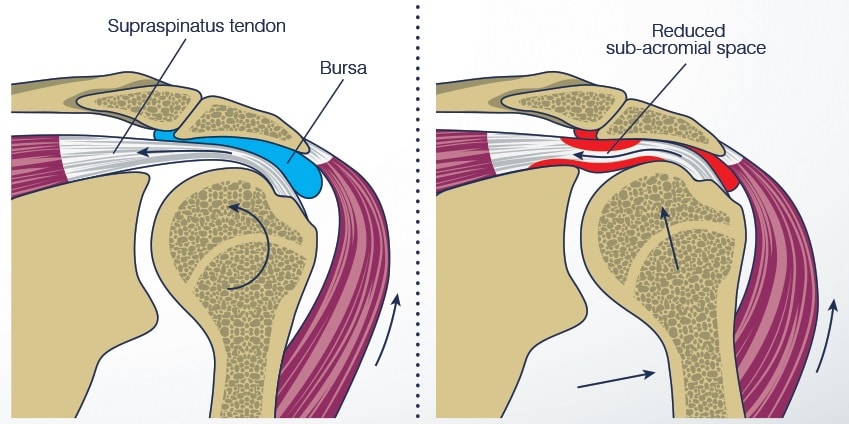The beginning of spring typically means the end of club team, high school, and collegiate swimming seasons, yet athletes continue to train year-round. During peak training periods, elite swimmers swim upwards of 7,000-10,000 yards a day in addition to strength training and plyometrics outside of the water.
Swimming is a great way for individuals from all age groups to get a whole-body workout. The sport presents unique differences from other sports including holding your breath (which I think can be argued as the most difficult thing about swimming when you are sprinting at full speed), and swimming through the constant resistance of water, which improves both cardiovascular endurance and muscular strength. While there are many benefits to swimming, high volume training periods can lead to increased injuries.
In addition to increased training loads, the amount of experience a swimmer has also plays a role; with more experience and coaching, elite swimmers tend to refine their technique, whereas novice swimmers as well as triathletes who do not focus on their technique, may be at increased risk of shoulder injuries. Particularly with swimming, shoulder pain is the most common complaint from competitive swimmers. As a former collegiate swimmer, I am no stranger to shoulder pain after a hard practice. It’s common to hear “my shoulders are killing me” on the pool deck after a hard practice or a long race. For some athletes this shoulder pain is constant, especially when the sport requires repetitive overhead movement.
What is Swimmer’s Shoulder?
Swimmer’s shoulder can be a catch-all phrase for various shoulder pathologies, with insidious shoulder impingement and tendinopathy being most common. Shoulder impingement occurs when the tendons between your humerus bone and your shoulder blade rub against one another, causing inflammation. The inflammation and swelling can cause the space, called the subacromial space, to decrease, which raises the chances of the tendons being impinged or pinched by the humerus. Impingement in the shoulder is most often seen in freestyle (front-crawl) and butterfly swimmers due to shoulder elevation, abduction, and internal rotation at hand entry into the water. Tendinopathy is the result of tendinitis or the inflammation of the tendons themselves. The prolonged inflammation of the tendons can cause changes within the tendon that can cause pain or weakness.

As movement experts, physical therapists consider various factors that contribute to our patient’s pain. Typically, in swimmer’s shoulder there is often no one cause, but a culmination of various causes that increase the chances of shoulder pain. Some of those factors include high training loads, being predisposed to increased shoulder mobility, muscle fatigue and imbalances, as well as faulty techniques. A swimmer’s training load plays a factor in the amount of repetitive motion at the shoulder. With an average stroke count of 15 per 25 yards, a swimmer can easily get over 100,000 shoulder rotations on a single arm during peak training.
Swimmers also tend to be more predisposed to increased mobility at the shoulder. This extra mobility requires a group of stabilizing muscles called the rotator cuff to work hard to control stability at the joint. The increased work that is required of the rotator cuff causes the muscles to be more susceptible to fatigue. These stabilizing muscles are used throughout the duration freestyle stroke. When these muscles get fatigued, swimmers are more likely to change their mechanics and technique leading to likeliness of shoulder impingement and creating more muscular imbalance due to avoiding painful movements.
How Can Physical Therapy Treat Swimmer’s Shoulder?
Physical therapists can help the athletes reduce compensation patterns that contribute to the patient’s shoulder pain by addressing tight and overused musculature. Once tight musculature is addressed, strengthening exercises for muscles that stabilize the humerus on the scapula can be introduced. Higher level shoulder stabilization is essential to rehabilitation of swimmers due to use of arms propelling the body through the water. Exercises like the push-up plus can activate the serratus anterior, which is a key propulsion muscle for swimming and helps stabilize the shoulder during the pull phase. Lastly physical therapists should team up with the athlete’s coach to assist in identifying movement patterns and proper mechanics in the water to best build a rehabilitation program that improves the patient’s function and performance.
Want to get more into swimming, or need help recovering from an injury? Our exceptional physical therapists at the Des Moines University Clinic can help. Visit the DMU Clinic website or call 515-271-1717 to learn more.


